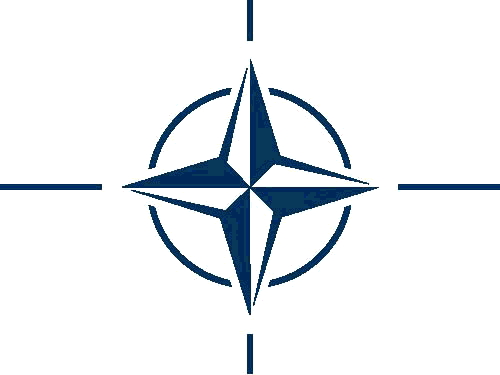
|
A software system for controlling the pollution dynamics in the cement plantsAcknowledgement: NATO SCIENCE PROGRAM - Colaborative Linkage Grant EST.CLG.979542 |

|
A software system for controlling the pollution dynamics in the cement plantsAcknowledgement: NATO SCIENCE PROGRAM - Colaborative Linkage Grant EST.CLG.979542 |
|
Experimental ResultsThe cement production can be shortly described as follows: after the mining, grinding and homogenization of raw materials, the process of calcination is followed by burning the resulting calcium oxide together with silica, alumina and ferrous oxide at high temperatures to form clinker; the clinker is then ground or milled together with other constituents (as gypsum, slag etc.) to produce cement. The software under discussion is implemented for the Cement Plant "Moldocim" at Tasca - Romania (Fig. 1 - 3). The mentioned plant consists of two marl crushing, a raw materials drying-grinding department, a clinker burning-cooling department, two clinker grinding machines, a slag silos, a clinker silos, a cement silos, a homogeneous materials silos, a slag drying department and a cement expedition department. For this case study only cement grinding #1 and #3 are used. This is shown in the image of the technological flow. The environmental map for the Tasca region is shown in the Fig.11 presented in the software handbook, the section 2.4. A satellite view can be seen using this link. All details concerning the usage of the PoLogCm software, for the Tasca cement plant can be found in the software
|